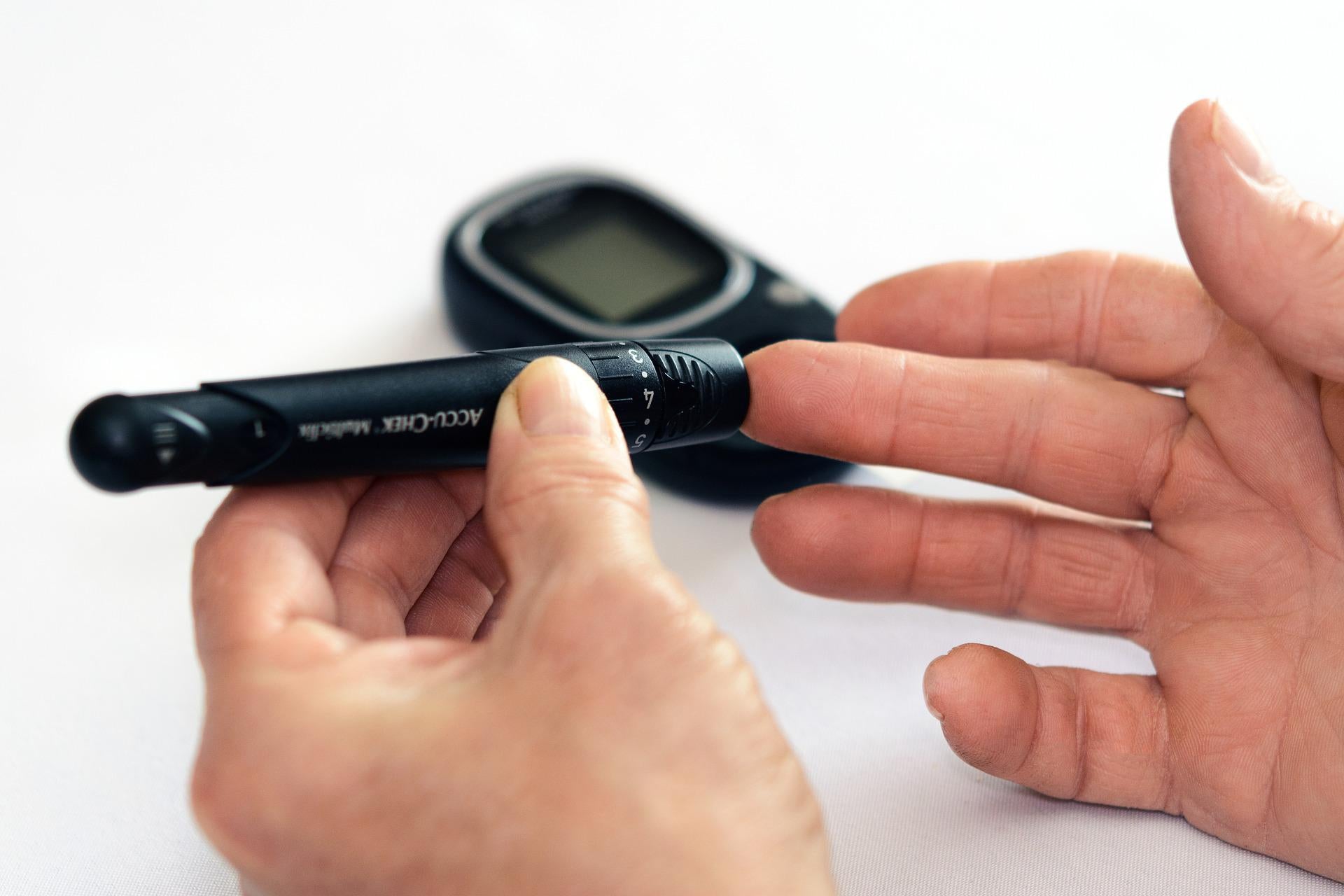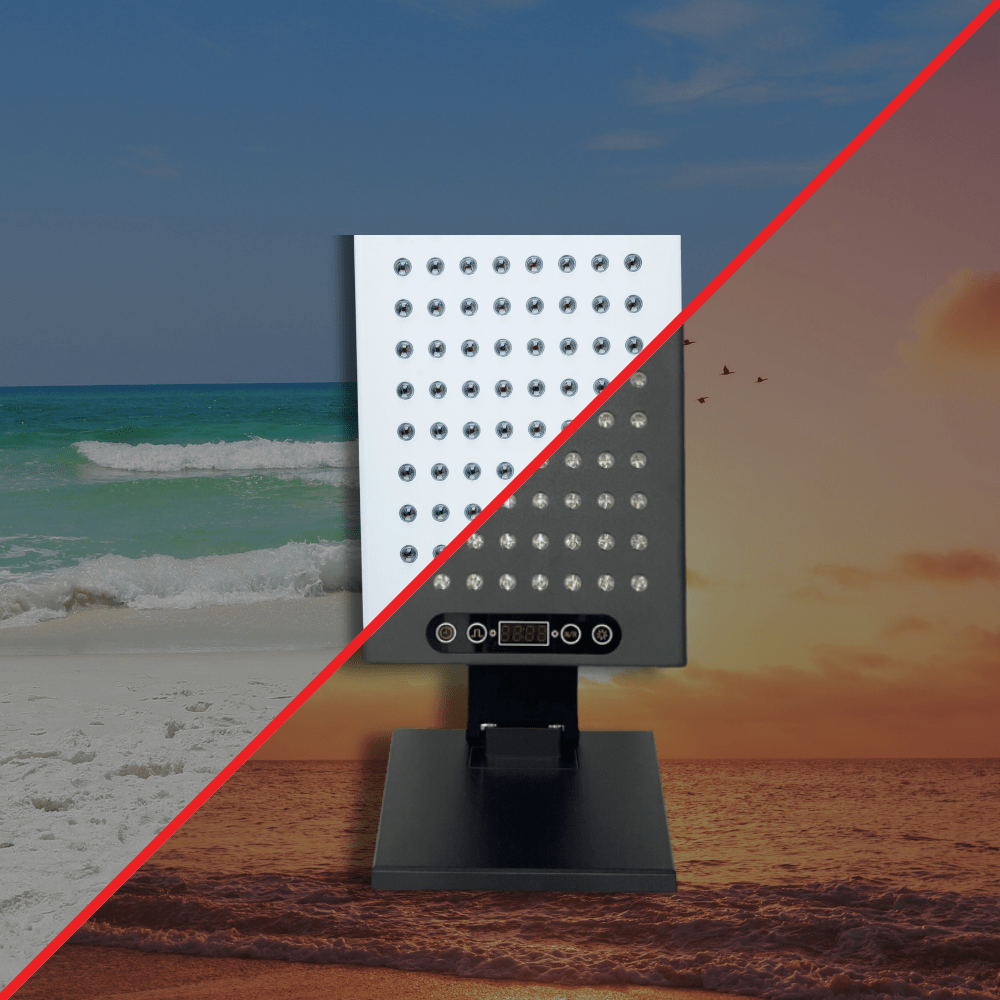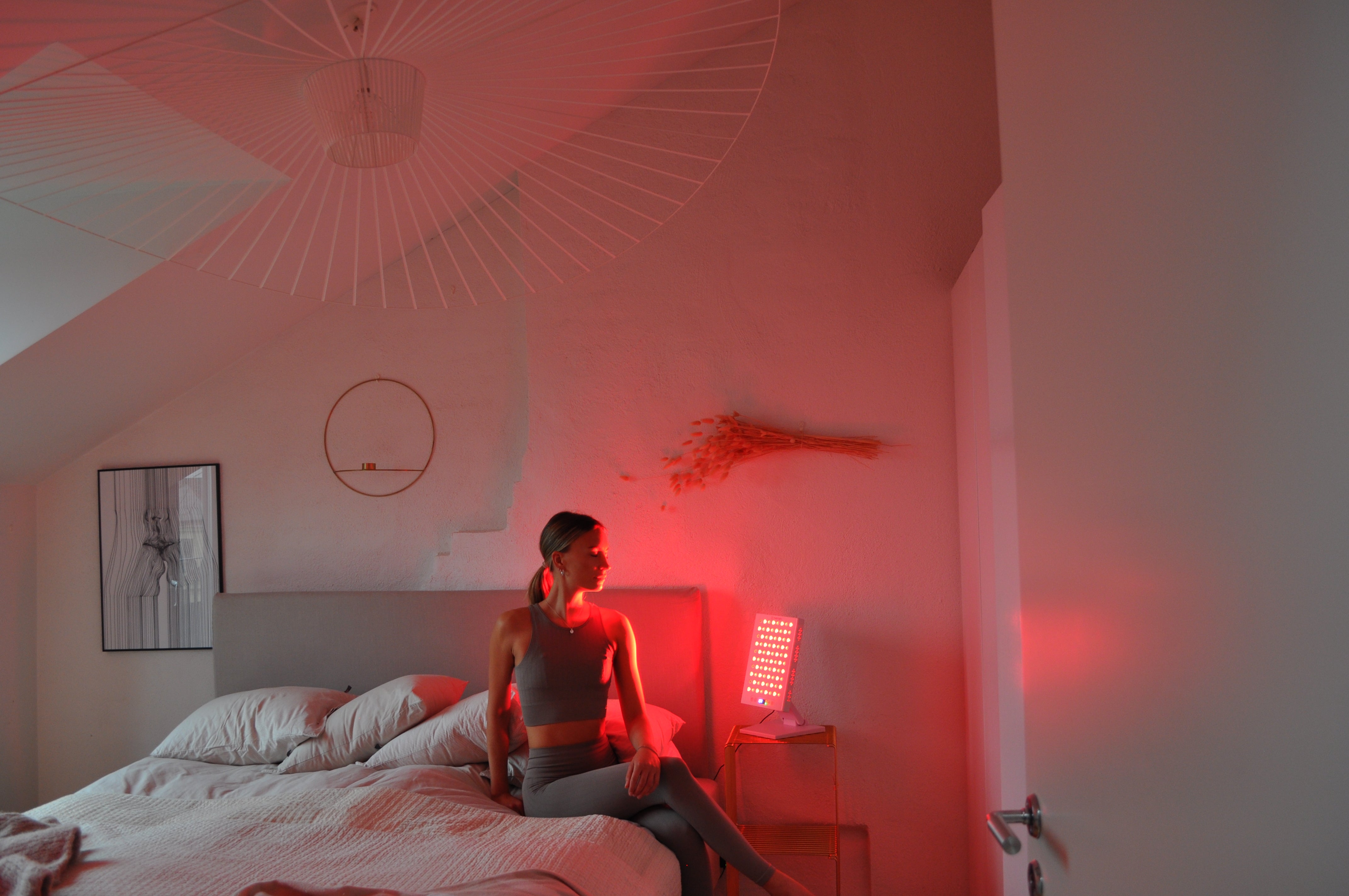Autoimmune diseases, that is, diseases where the body attacks itself, are a scourge for those affected. Depending on which part of the body is attacked, the symptoms vary. If the joints are affected, it can result in rheumatism; if the intestines are affected, it can manifest as ulcerative colitis or Crohn's disease. If the pancreas is attacked, it leads to type I diabetes. Therefore, it is of utmost importance to minimize the risk of being affected. If one has been affected, it is of great value to minimize symptoms and the impact on health, as the disease often leads to secondary illnesses, reduced quality of life, and potentially shorter expected lifespan. Here, Red Light Therapy gains new ground!
What causes autoimmune diseases is still relatively little known today. There is a hereditary factor for developing the diseases, but generally it is a weak correlation. For many of the diseases, risk factors related to diet, exercise, stress, and other lifestyle factors have been identified. Research has also shown that the risk of developing them depends on the latitude where one lives. Far north and south, the risk increases, while around the equator it is practically nonexistent for certain autoimmune diseases.
The risk of developing the autoimmune disease MS (Multiple Sclerosis) is, for example, many times higher in our latitudes compared to around the equator. The same trend can be seen regarding Crohn's disease, which affects the intestines, and the sugar metabolism disease type I diabetes. So what does latitude have to do with it? One theory is that sunlight increases the production of vitamin D in the skin. Vitamin D has effects on, among other things, the immune system, and it has been previously known that levels are greatly affected by sun exposure. However, modern research has shown that it is not vitamin D that accounts for the disease-protective effects. Instead, the effects are believed to come directly from the light.
Our bodies are indeed receptive to light, and the effect can be really beneficial if the light frequencies and radiation amount are right. In our cells, we have several light-sensitive systems, including cytochrome C oxidase and light-sensitive calcium channels. When these are stimulated, anti-inflammatory effects occur and the body's healing is stimulated.
Autoimmune diseases, such as psoriasis, are often treated with light therapies, and health trips with a lot of sun have long been used as part of the treatment. The problem with daylight is that too large amounts of the energy-rich ultraviolet rays can damage our skin, accelerate skin aging, and also increase the risk of skin cancer. However, Swedish research has shown that although the risk of skin cancer increases somewhat in those who sunbathe the most, mortality actually decreases. One could say that to survive malignant melanoma, a lot of sun exposure is beneficial (1). Furthermore, not all light frequencies are equivalent when it comes to penetrating the skin to activate the light-sensitive systems. This is because much light is absorbed by the skin pigment melanin, but also proteins in the tissues absorb a considerable amount.
Modern studies show that the most effective frequencies lie within the red and infrared light spectrum because these are not absorbed to a high degree by the aforementioned substances. Another important advantage of these frequencies is that they do not damage the skin or increase the risk of skin cancer and are likely responsible for the sun's healing and anti-inflammatory properties. RLT has also been shown to strengthen and optimize the immune system, which perhaps after all is the strongest argument for treating people with autoimmune diseases. It is the immune system that has started to malfunction and caused the disease in the first place.
Is it true that light therapy can reduce the risk of developing autoimmune diseases? This is not known for certain today, but there is much to suggest it and more and more research is being published on the subject. There are undeniably interesting findings linking light exposure to the risk of developing such diseases, and RLT also seems to be able to alleviate symptoms with regular treatment. If you want to try this form of therapy, there are red and infrared lamps for home use. This type of light is also not associated with any side effects and is therefore well suited for self-care.
Pelle G Lindqvist, Elisabeth Epstein, Mona Landin-Olsson. Sun Exposure – Hazards and Benefits. Anticancer Research April 2022, 42 (4), 1671-1677.
Author: Martin Brunnberg
The studies and research presented here are conducted by independent researchers and institutes. Nutrilight does not fund these studies and has no connection to their execution. These studies generally concern photobiomodulation and are not specifically related to Nutrilight's products.






Share:
RLT and addiction